This post may contain affiliate links. Please read our disclosure policy.
Since cooking is as much science as it is art, proper measuring is a crucial part for successful results! While we might sometimes get away with eyeballing the amounts, especially while cooking; baking on the other hand requires precision!
So, here’s the only guide you will need to Measure Wet and Dry Ingredients!
Cook With Precision!
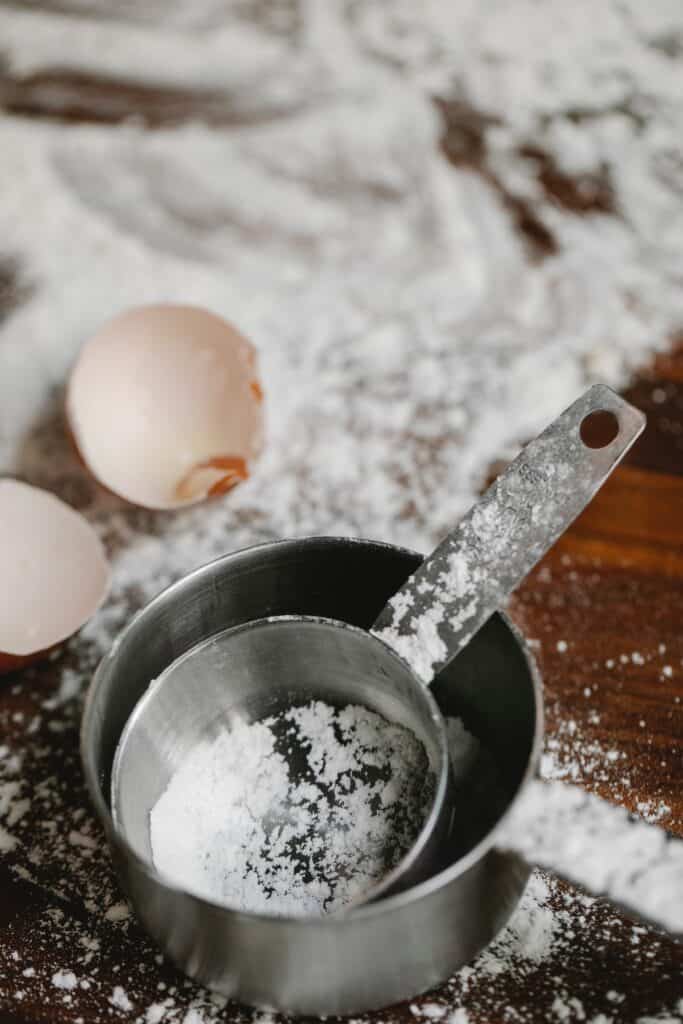
Measuring in Weight Vs. Volume
Basically, volume is how much space an ingredient takes up. This one is the standard form is measurement in United States recipes, including my own; and is most commonly expressed in tablespoons, teaspoons, cups, gallons, pints, quarts, or fluid ounces. As for weight, it is simply an object heaviness.
So, here’s the ideal theory most would agree upon: wet ingredients are measured by volume, and dry ingredients are measured by weight.
Pro tip: if all of your ingredients are listed in ounces, then here’s how you should look at it.
If a dry ingredient is listed in ounces, then it is a unit of weight and is expected to be measured on a scale. However, if a wet ingredient is listed in ounces, it is best to be measured in a wet measuring cup.
How to Measure Dry Ingredients
It is important for you to keep something in mind: Although some recipes (like a pound cake) might work with your container of choice, those random coffee and tea cups we randomly use in recipes, are not accurate and should never replace measuring cups and spoons!
By Volume
You will probably find lots of ways to measuring dry ingredients. Whether it is through spooning, scooping, and sifting, there are a few common things you need to follow to attain accurate measurement.
Scooping
While using the scooping technique to measure dry ingredients like sugar or flour, you should have them in a wide-mouthed container.
Start by dipping the cup into the container, scooping what you need, then lifting it out. You will notice that the ingredient are overflowing, and that’s okay.
Then, using a knife or any straight edge, scrape the top of the cup o have a flat surface. You want the cup filled all the way to the brim.
Spooning
Here you are using a spoon to fill the measuring cup instead of scooping it straight from the jar.
Simply, fluff the flour with a spoon or a whisk, use a spoon to scoop your dry ingredients to fill the measuring cup, then scrape what is overflowing until you get a flat surface.
Spooning Dry Ingredients
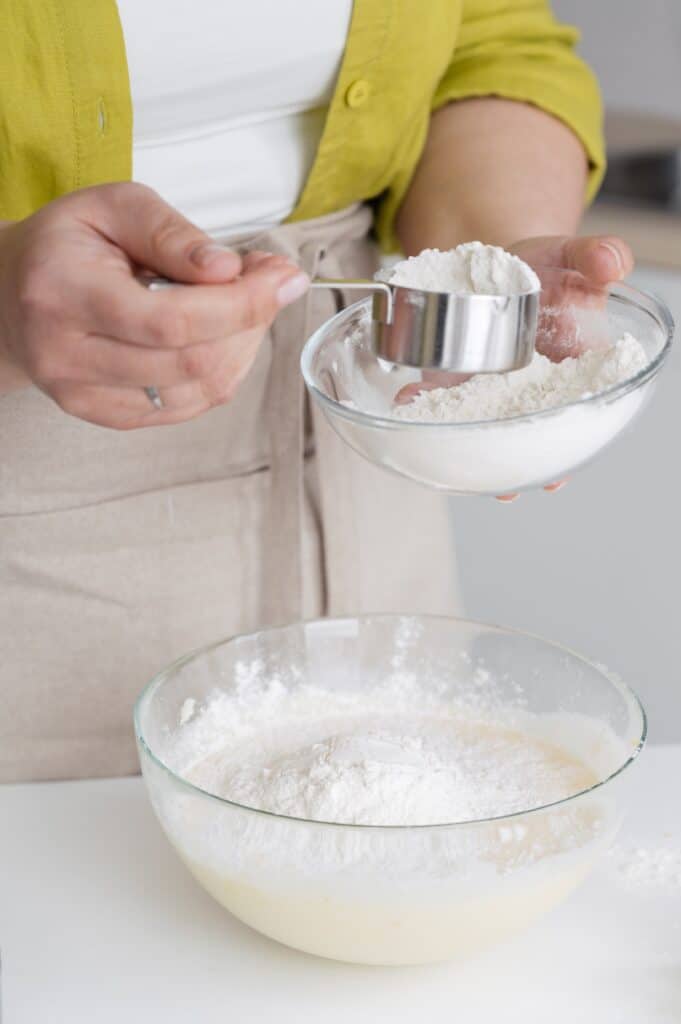
Sifting
Never opt for this step unless the recipe you are following specifically asks for it. Sifting makes the ingredients lighter, thus alters their weigh.
If this step is required, then pay attention to the wording because “1 cup of flour, sifted” is different from “1 cup of sifted flour”! Imagine that!
1 cup of flour, sifted, means that your recipe requires you to measure the flour first in one cup, then sift it into your bowl.
However, 1 cup of sifted flour, means that you should sift the flour first then measure it into a cup.
Sifting Flour
![Best Way to Measure Wet And Dry Ingredients a woman is sifting flour into a large bowl in order to measure it into a cup.]](https://tastegreatfoodie.com/wp-content/uploads/2022/05/measure-wet-and-dry-ingredients-2-683x1024.jpg)
Dry Measuring Cups: Pros and Cons
Although using measuring cups for your dry ingredients may seem like the safest option while baking, there are a few things you need to keep in mind.
Pros: Dry measuring cups are a great alternative when your recipe calls for it, and you don’t have a weight scale nearby.
Cons: Measuring dry ingredients by volume could be kind of tricky, especially in terms of ingredients’ compressibility. Even while using the exact same method, if you pack the flour and compress it, you will end up with inaccurate results.
By Weight
Measuring by weight leaves you with accurate measurement because you are no longer dealing with compressibility; it is also less messy than using measurement cups.
To measure by weight, start by placing your bowl on your kitchen scale, and hit the “zero” button. This way you will remove the weight of the bowl.
Then, add the dry ingredients by spooning it into the bowl until it hits the measurement you are looking for.
Providing Mess-Free Accurate Measurement
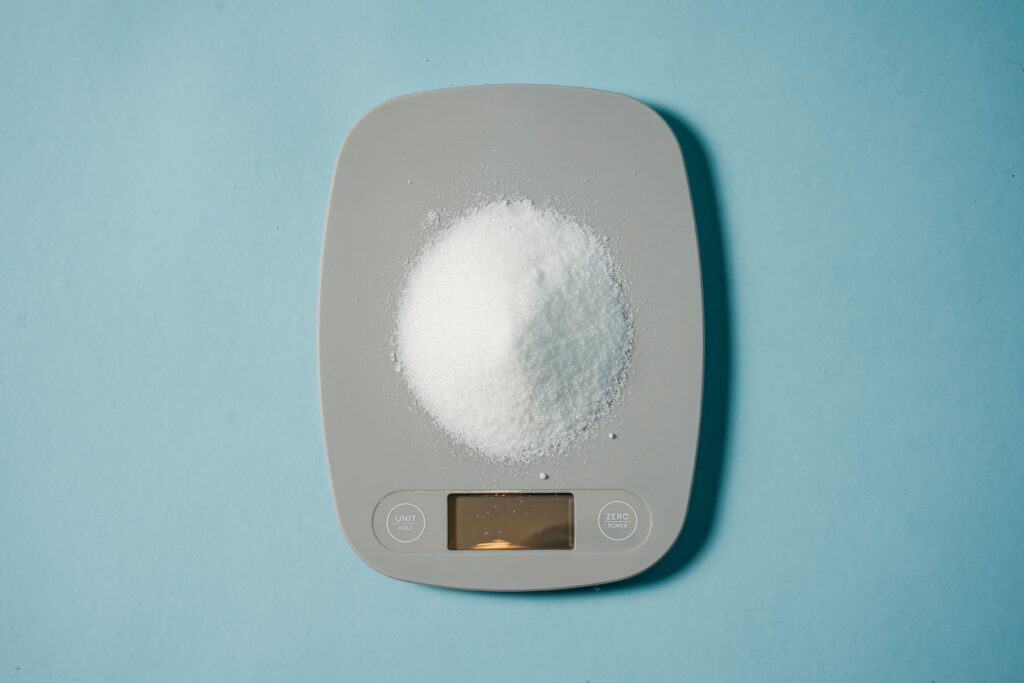
How to Measure Wet Ingredients
To measure wet ingredients, place a liquid measuring cup onto a flat stable surface. Never measure while holding the cup in your hands!
Next, pour the liquid until it reaches just under the line. Bend down until you are at eye level with the mark you are aiming to reach, and slowly add liquid until the lowest point of the gentle curve is in level with the mark.
Keep in mind that since all liquids take up the same amount of space, you can measure all of your wet ingredients the exact same way.
Measuring Cups Are a Cook’s Best Friend!
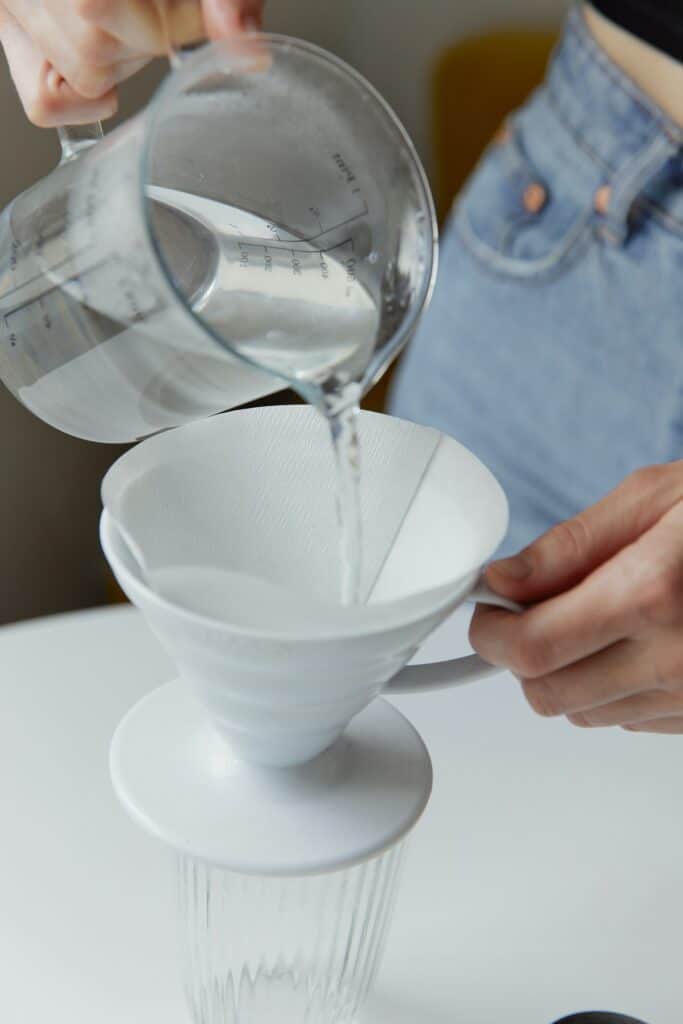
Tips to Measure Wet and Dry Ingredients
Tip 1: While dealing with sticky liquids like honey, make sure you spray the measuring cup with cooking spray. That way it would become easier to pour out the liquid once you are ready to use.
Tip 2: Some ingredients like milk, water, and eggs can be measured in both wet and dry measures. However, make sure that they measure the same in both types of measures.
Tip 3: Don’t use cute novelty measuring cups or spoons while measuring ingredients. They are not accurate. Stick to basic metal cups and spoons.
Tip 4: For thick paste, such as peanut butter, it is best to use a dry measuring cup.
Frequently Asked Questions
To cut down a recipe, simply divide the weights or measures mentioned in the recipe. For a half batch, divide by 2. For a third, divide by 3, etc. However if you are dealing with eggs, simply crack the egg into a bowl and add half of the mix.
This is not recommended! However, you might want to consider purchasing special adjustable measuring cups with marking for liquids on one side, and markings for dry ingredients on the other side.
There is no liquid to dry measuring cup conversion. If you are using a kitchen scale, then 1 cup in a dry measuring cup, is the same as 1 cup in a liquid measuring cup.
This is not necessarily practical. You can measure dry ingredients with a wet measure, but it would be tricky since you would still need a straight brim for accuracy. on the other hand, a dry measuring cup should be filled to the brim, which is impractical while measuring liquids.
Other Blogs You Might Like
- The Best Sushi Hack: Easy No Roll Sushi Cubes!
- How to Store Spinach For One Month?
- Perfect Way to Cut Chicken Wings
- Best Boiled Artichoke With Honey Mustard Dip
- Quick Skin-Peel Roasted Eggplant Hack
- Perfectly Boiled and Seasoned Broccoli
- The Best Way to Store Lettuce
- Instant Pot Vs. Rice cooker?
- Crispy Crunchy Air Fryer Cauliflower
- How to store Lemon and Lime for 3 Months
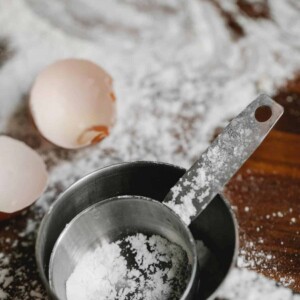
Measure Wet And Dry Ingredients!
Equipment
- measuring cups
- measuring spoons
- kitchen scale
Instructions
Measure Dry Ingredients By volume
Scooping
- Dip the cup into the container, scoop what you need, then lift it out.
- Using a knife, or any straight edge, scrape the top of the cup to have a flat surface. You want the cup filled all the way to the brim.
Spooning
- Fluff the flour with a spoon or a whisk.
- Use a spoon to scoop your dry ingredients to fill the measuring cup
- Scrape what is overflowing until you get a flat surface.
Sifting
- 1 cup of flour, sifted: measure the flour first in a cup, then sift it into your bowl.
- 1 cup of sifted flour: sift the flour first then measure it into a cup.
Measure Dry Ingredients by Weight
- Place your bowl on your kitchen scale, and hit the "zero" button.
- Add the dry ingredients by spooning it into the bowl until it hits the measurement you are looking for.
Measure Wet Ingredients
- Place a liquid measuring cup onto a flat stable surface. Never measure while holding the cup in your hands!
- Pour the liquid until it reaches just under the line. Bend down until you are at eye level with the mark you are aiming to reach, and slowly add liquid until the lowest point of the gentle curve is in level withthe mark.
Notes
- While dealing with sticky liquids like honey, make sure you spray the measuring cup with cooking spray. That way it would become easier to pour out the liquid once you are ready to use.
- Some ingredients like milk, water, and eggs can be measured in both wet and dry measuring cups. However, make sure that they measure the same (weight) in both types of measures.
- Don’t use cute novelty measuring cups or spoons while measuring ingredients. They are not accurate. Stick to basic metal cups and spoons.
- For thick paste, such as peanut butter, it is best to use a dry measuring cup.

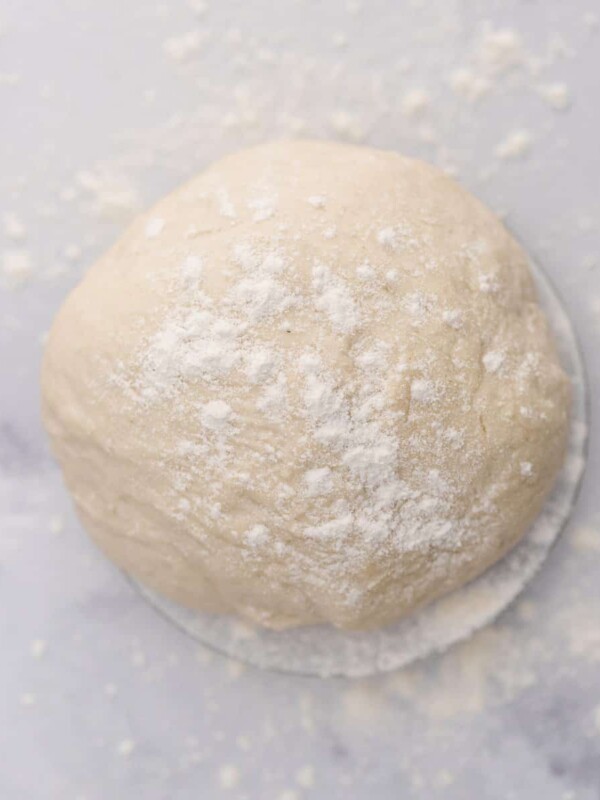
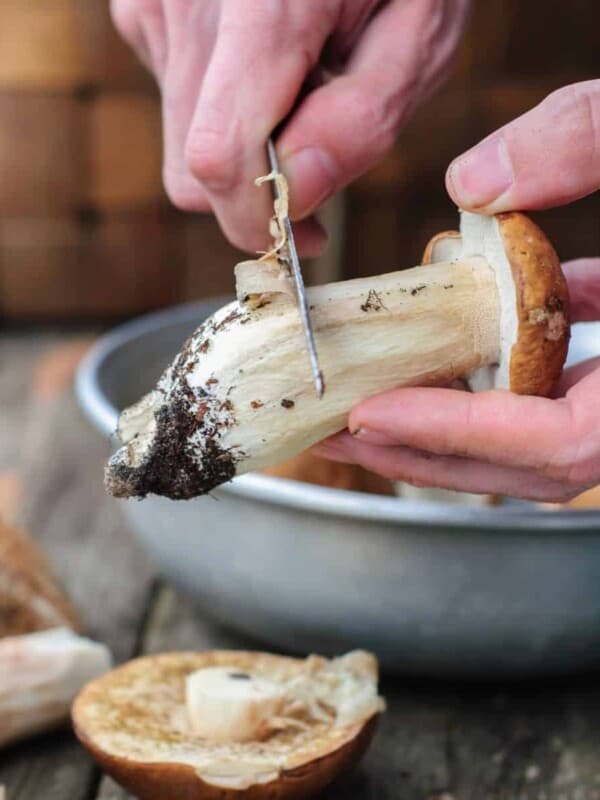
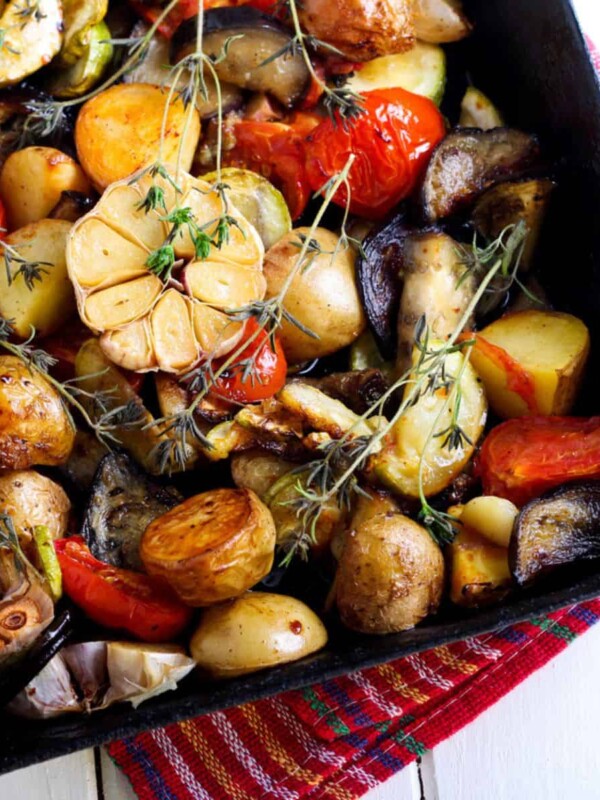
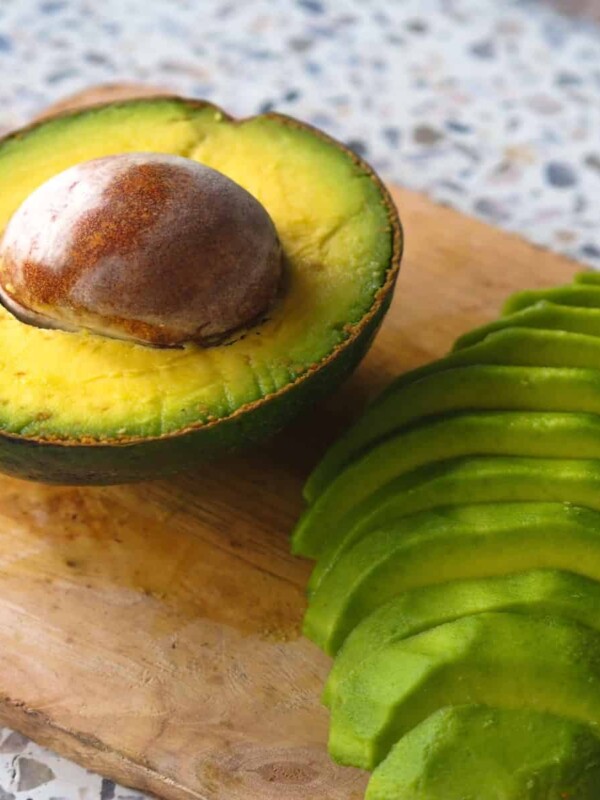
Thanks a lot for the tips. Really beneficial coz I always have hard time measuring ingredients especially when baking